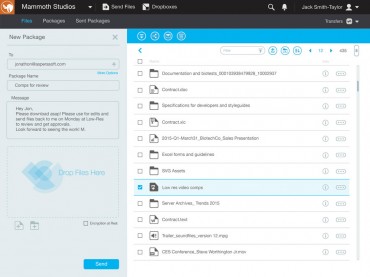SEOUL, Nov. 3 (Korea Bizwire) — Growing household debt and a looming U.S. rate hike are two major systemic risks facing South Korea’s financial system, a survey showed Thursday.
The household debt issue topped the list of key systemic risks cited by market watchers at 70 percent, compared with 54 percent in April, according to the semi-annual survey conducted by the Bank of Korea.
South Korea’s household borrowings reached a record high of 1,257.3 trillion won (US$1.149 trillion) as of end-June, according to data from the Bank of Korea.
The hike in household debt comes as people borrow more money for investments and home purchasing on expectations that housing prices could rise further.
Prices of apartments in Gangnam district, one of the most well-off districts in Seoul, gained an average 5.77 percent in the first 10 months of the year, while apartment prices in the entire nation only added 0.5 percent on average during the same period, according to government data.
The South Korean government on Thursday announced a set of measures aimed at curbing real estate speculation that include an extended ban on the transfer of home purchasing rights in certain areas.
The BOK said the household debt issue is followed by a U.S. rate hike and low growth and low prices at 51 percent of systemic risks, respectively.
Household debt is feared to sap consumption and potentially trigger a credit risk if interest rates begin trending higher.
The central bank polled 66 officials at local financial firms and 12 overseas asset managers in charge of South Korean investments between Sept. 27 and Oct. 6. The survey has been conducted twice a year since 2012.
The latest results comes amid high expectations that the U.S. Federal Reserve could raise its interest rate one time within this year.
Fed Chair Janet Yellen said in September that the case for an increase has strengthened, but the Fed decided for the time being to wait for further evidence of continued progress toward its objectives.
The portion of responses that picked China’s slowing growth and financial instability as a systemic risk slipped to 48 percent in October from 73 percent in April.
The latest results also underscored concerns over low growth and low prices as exports, South Korea’s key growth engine, fell for the second straight month in October due mainly to sluggish shipments of cars and mobile devices,
Outbound shipments came to $41.9 billion last month, down 3.2 percent from $43.4 billion the same month last year, according to separate government data.
(Yonhap)







